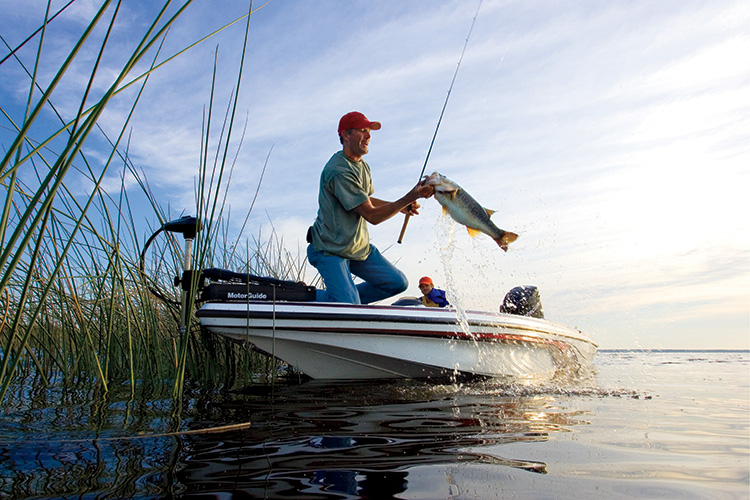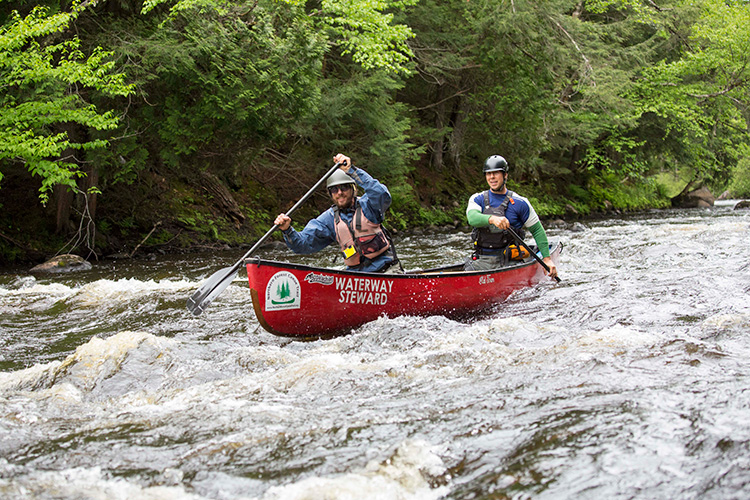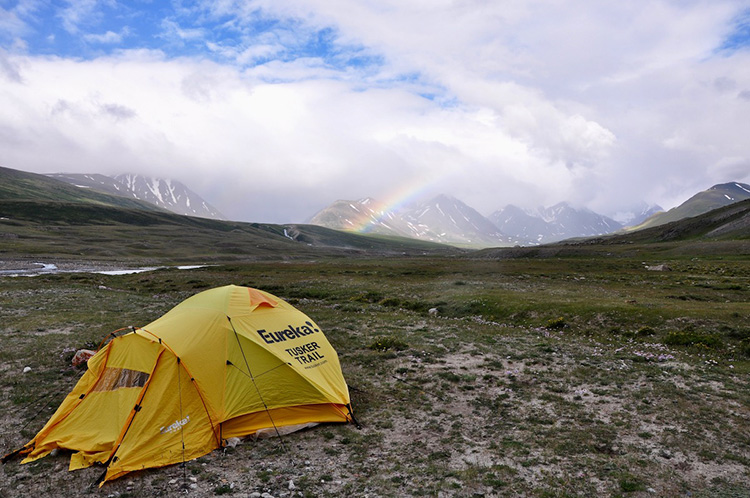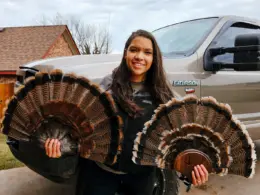The best time to go fishing is whenever you can. While that old maxim has merit and speaks to the value of fishing just for the fun of it, there are times during the day, month and year when it seems bass and other species are especially eager to take whatever it is you’re offering them on the end of your line.
Here are five ways for you to determine the best times to head out for a day of fishing where you live.
Generally speaking, the warmer the weather, the better the fishing. No matter where you fish, the two best seasons to fish are spring and autumn. Spring is when bass shake off their winter doldrums and fatten up for spawning season. In postspawn, they pack on the pounds for their annual growth spurt.
In the fall, bass take advantage of the presence of young-of-the-year prey and add some weight to help them survive the lean times of winter.
Quick tip: Bass and other predators forage heavily along shorelines in autumn, hunting for sunfish and minnows feeding on spent terrestrial insects that fall into the water. Fish the banks with topwater lures such as the Arbogast Hula Popper or Heddon Tiny Torpedo
Additionally, aquatic vegetation, such as hydrilla and water lilies, become way stations for fish moving shoreward. This is the peak time to fish such cover with soft-plastic frogs and toads.
Early morning and late evening are regarded as prime times for fishing during the warm-weather months, but why? A number of factors are at work:
Morning
- Various aquatic insects hatch at sunup and activate the food chain for everything from minnows to muskies.
- Shad gather and spawn at daylight, too.
- Phytoplankton and algae photosynthesis get a boost from the rising sun. This process both stimulates the daily feeding cycle and enhances dissolved oxygen content, which also energizes fish.
Evening
- As the day wanes, the water temperature is likely optimal and fish metabolism is still conducive to feeding.
- The cover of darkness makes fish such as bass feel more secure moving around in the open and in shallow water where baitfish tend to gather.
- Then, too, nightfall is one of the environmental allies that help predatory fish ambush prey. Conversely, times when the sun is high in the sky cause fish to reposition in deeper water, get under the cover of aquatic vegetation, bridges and docks, or move into submerged trees and brushy cover. Bass go where they have to in order to find food and feel safe.
Quick tip: When targeting bass, fish the shallows with topwater lures, spinnerbaits, crankbaits and other “noisy” moving baits early and late in the day. Move offshore and slow down presentations of jigs and soft plastics as the air temperature warms and the sun climbs in the sky.
If shad are a primary forage, watch for schools moving offshore and fish crankbaits, jigging spoons and a variety of soft-plastic swimbaits that mimic baitfish.
Scientists aren’t exactly sure what it is about current in a lake or river that activates feeding among predators, but there’s no question that it improves fishing. Depending on how strong it is, current tends to gather forage fish together in tighter schools and makes it more efficient for bass and other species to feed on them.
Quick tip: Whenever you notice current starting to pick up, focus fishing efforts on places where there are ambush points. Typically, bass will concentrate in such areas and face the current to watch for vulnerable forage.
Cast lures upstream or across the current and work them downstream. To conserve energy, bass won’t hold in the main current, but adjacent to it near structure or cover that deflects the flow. Find such “sweet spots” and focus on them.
Current – whether caused by hydroelectric generation, flooding or wind – causes bass to move to ambush points such as wood cover, shady banks, current funnels and seams, eddy edges or bottom structure including points, humps or sandbars. The steady water movement also generates more dissolved oxygen, which stimulates feeding action.
Dial in the Best Times to Fish With Solunar Predictors
The jury is still out regarding whether the position of the sun and moon in relation to the earth directly affects fishing success. One thing is certain: Local factors such as the weather, hold the trump card.
Many anglers rely on solunar prognostications such as John Alden Knight’s Solunar Tables, which are found in magazines or newspapers as well as on various websites. Certainly, when the moon and sun rise and set has an impact on fish as it relates to light duration and visibility. For instance, some fishermen believe that an early moonrise in the evening prolongs feeding activity.

Make up your own mind. Keep a journal that includes water and weather conditions on the best and worst fishing days you experience. Make note of when you catch fish and the circumstances, and how they match up with “best fishing times” suggested by solunar predictors such as The Original Doug Hannon Moon Clock. Over time, keeping such records will provide useful fishing information and help guide expectations.
Abrupt or gradual changes in the weather affect fishing for better or worse. For instance, barometric pressure drops as a summer thunderstorm approaches. As a result, fish become more active and feed aggressively.
Conversely, as a front moves on, the barometric pressure rises, and fish tend to sulk or become less active. Typically, they move offshore or into heavy cover such as aquatic vegetation. When the barometric pressure is more or less stable, it plays a reduced role in fish activity.
Quick tip: Take along a reliable barometer when you go fishing and check it occasionally for changes. Inexpensive fishing barometers are available for less than $20 from such sources as Cabela’s or Wholesale Marine.
If the barometric pressure is dropping, head for your best spots. If it’s rising, slow down and fish weedbeds and deeper water.
Bass and inshore saltwater fish, such as redfish and flounder, flourish in coastal areas where river deltas create a smorgasbord of freshwater and saltwater forage. Typically, incoming tides allow fish to roam areas that are normally too shallow and feed in emergent bank cover such as reeds, and submergent vegetation such as eelgrass.
Conversely, outgoing tides “pull” fish away from the banks into bottom depressions or channels. Either way, feeding opportunities also create fishing opportunities for anglers.
When the tide is flooding, fish closer to the bank; when it’s running out, fish deeper areas offshore. Fish generally become lethargic during periods of slack tide.
Quick tip: When fishing submerged vegetation such as eelgrass, line up your boat so you can cast a spinnerbait or grub up current and parallel with the vegetation rather than across it. That way, your lure is more likely to sink and reach fish that are stationed under the eelgrass.
Regardless of whether you fish when all the best conditions seem to be in play, there are no guarantees that you’ll catch anything. The chances of success, however, are much greater in prime periods than they would be otherwise. Go fishing when you can, and especially on those days when environmental triggers are on your side.
Related articles that may interest you:
10 Best Bass Waters Off The Beaten Path
Best Tips For Catching Spring Bass Right Now!
10 Easy Fishing Tips For Beginners









